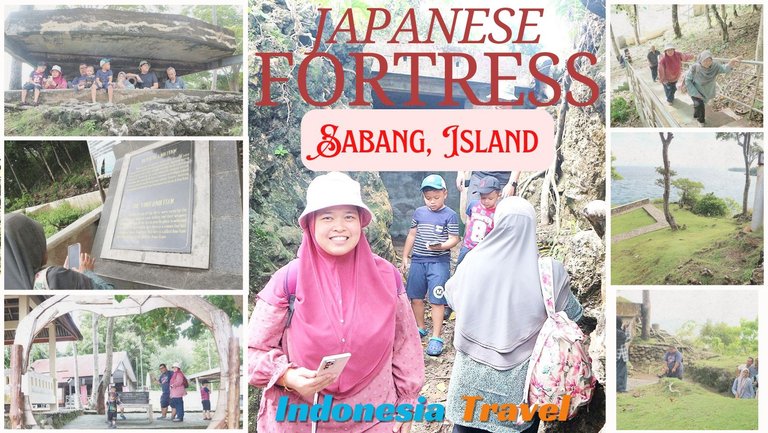
Sabang Island which is located in the province of Aceh, Indonesia, is a tourist destination that offers a variety of natural beauty and interesting history to explore. One of the places that must be visited on Sabang Island is the Japanese Fort.
The Japanese fort is a remnant from the Japanese colonial period in Indonesia during World War II. This fort was built in 1943 as a defense and observation fort to monitor enemy movements. Even though it was damaged during the battle, this fort was successfully renovated and made into a popular tourist destination on Sabang Island.
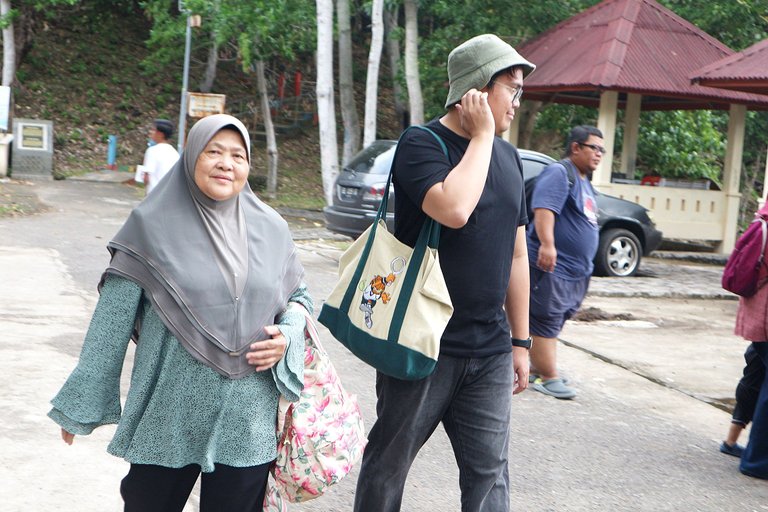
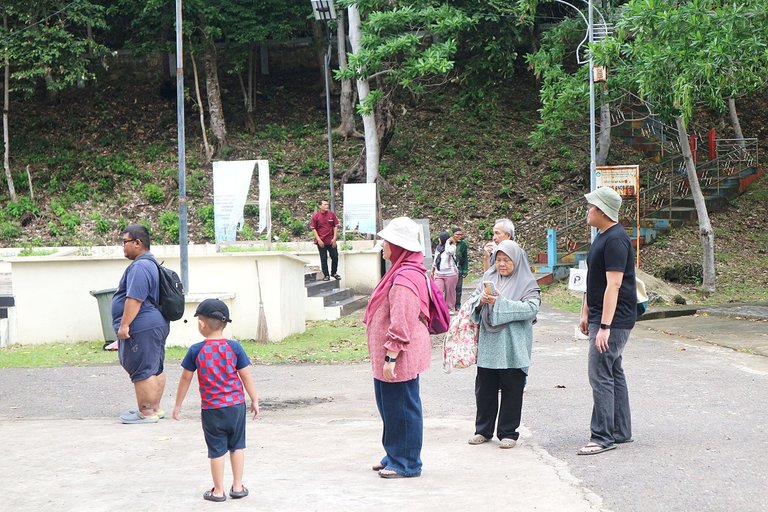
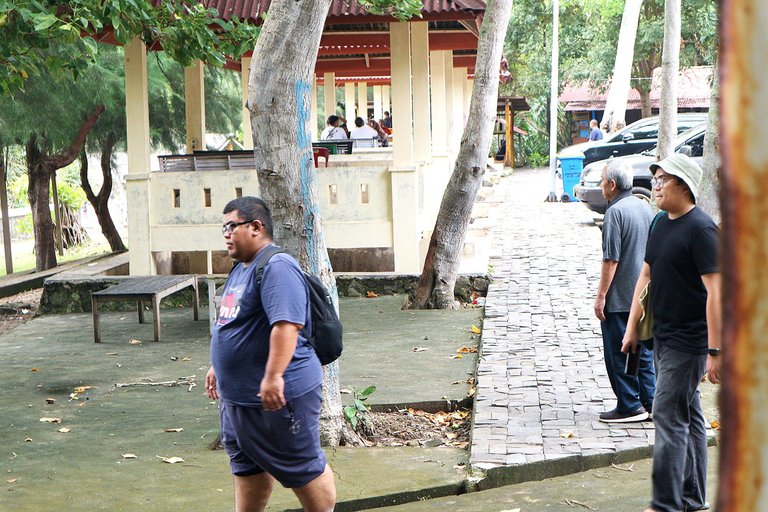
To go to the Japanese Fortress, you can use a private vehicle or take a tour available on Sabang Island. When visiting the Japanese Fortress, tourists can explore the building structure which consists of several rooms and hallways with typical Japanese architecture. Apart from that, from the top of the fort, you can enjoy stunning panoramic views of the sea.
When entering the Japanese fort tourist attraction area we will find an inscription at the gate, the inscription is written about the history of the existence of the Japanese fort in the past.

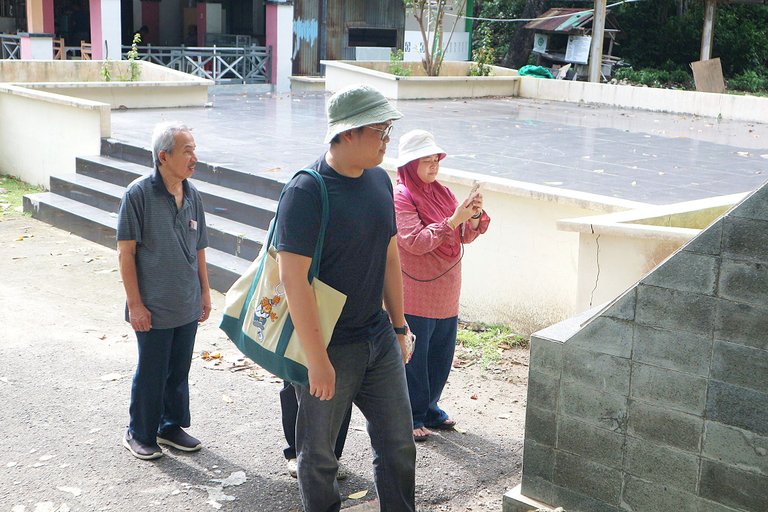
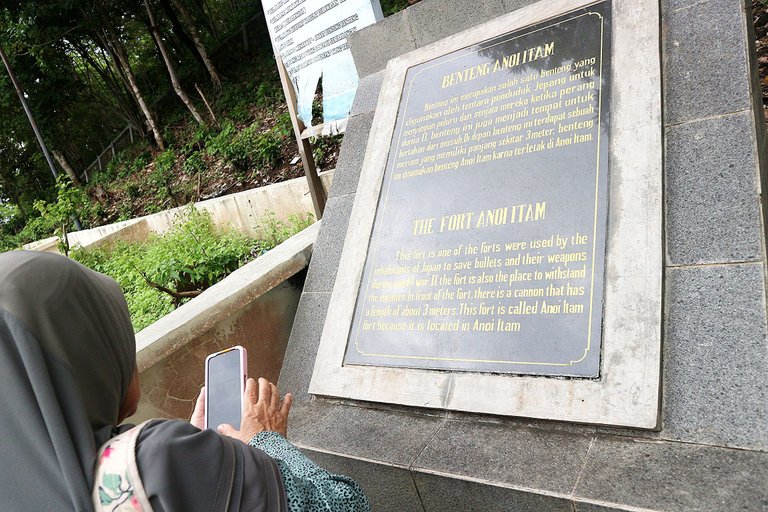

The Japanese fort is located in a hilly area and right at the top of the hill so if you visit here we have to climb 50 stairs.
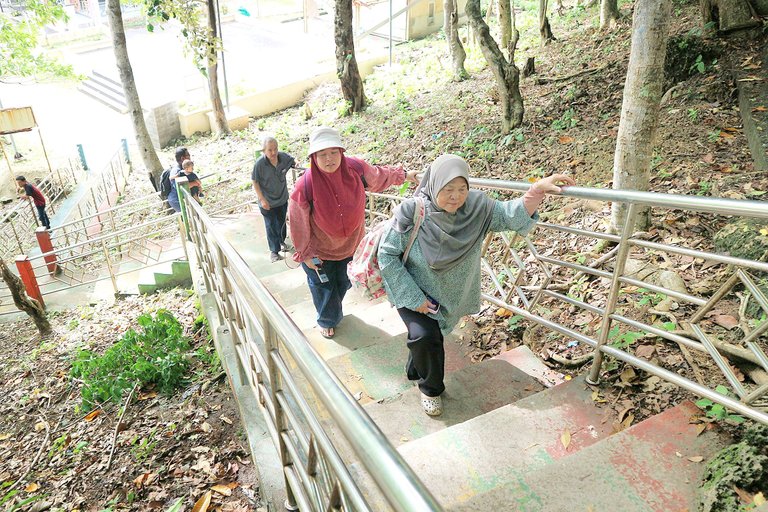
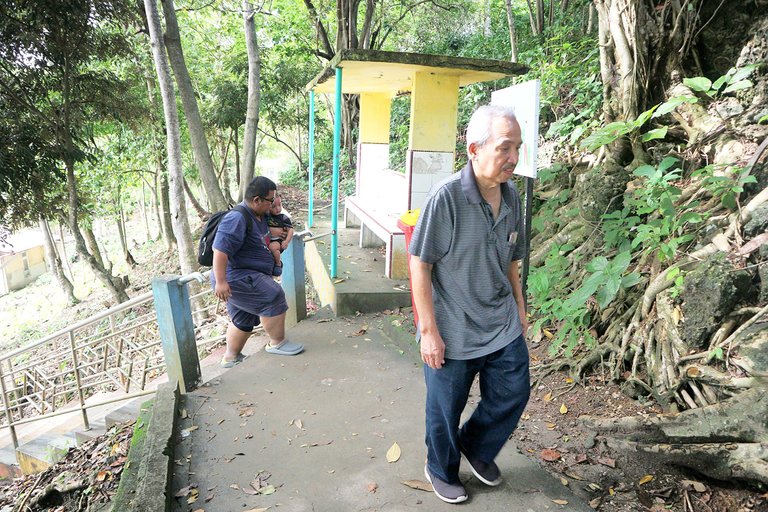
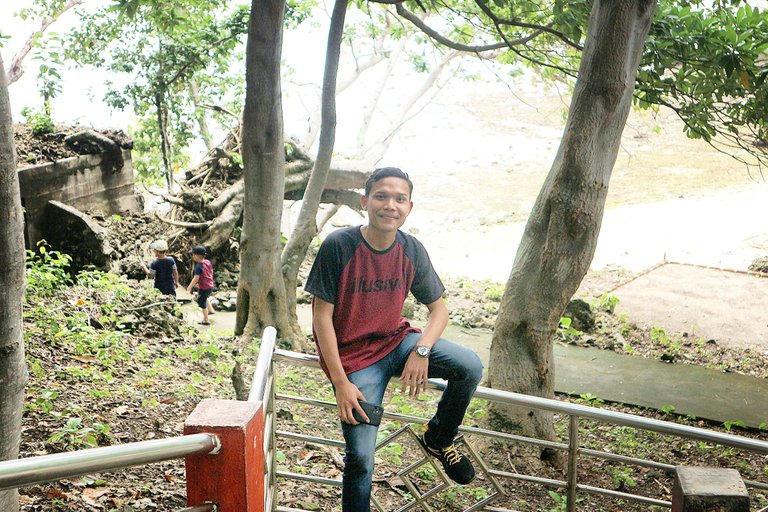
When we reach the top of the hill we will follow the halls of the Japanese fort which was made by Japanese soldiers in the past, and we will find several weapons storage warehouses that are still intact today, and tourists will be allowed to enter the weapons warehouse. just to look around or take some pictures there.
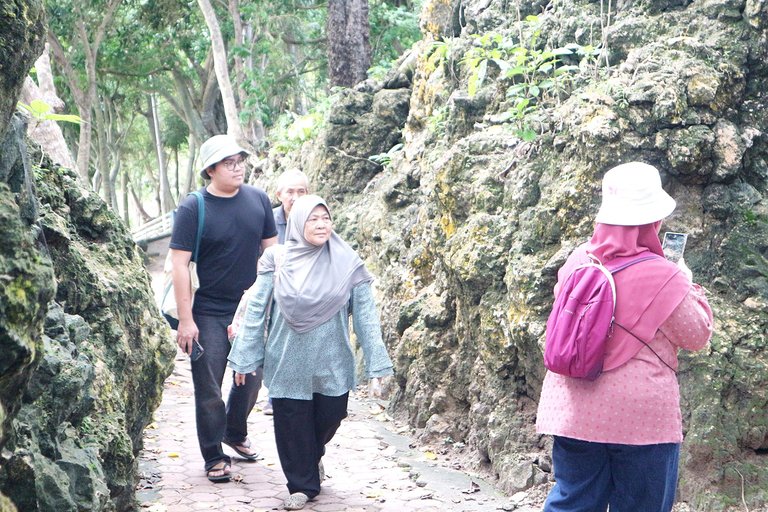
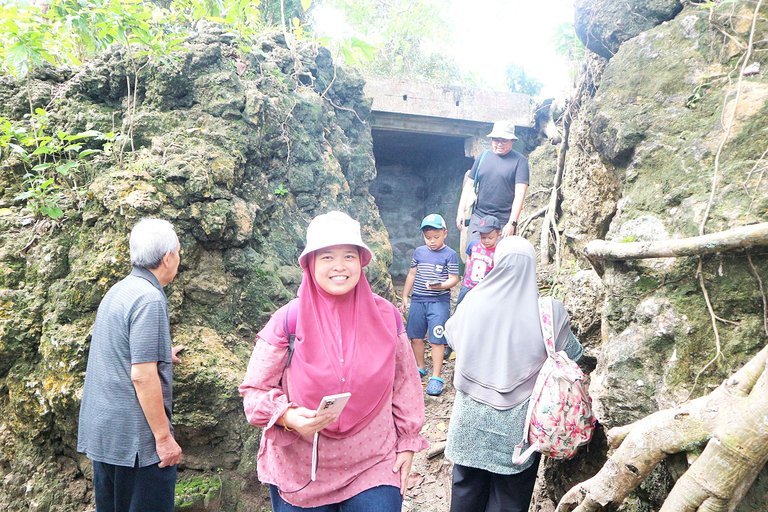
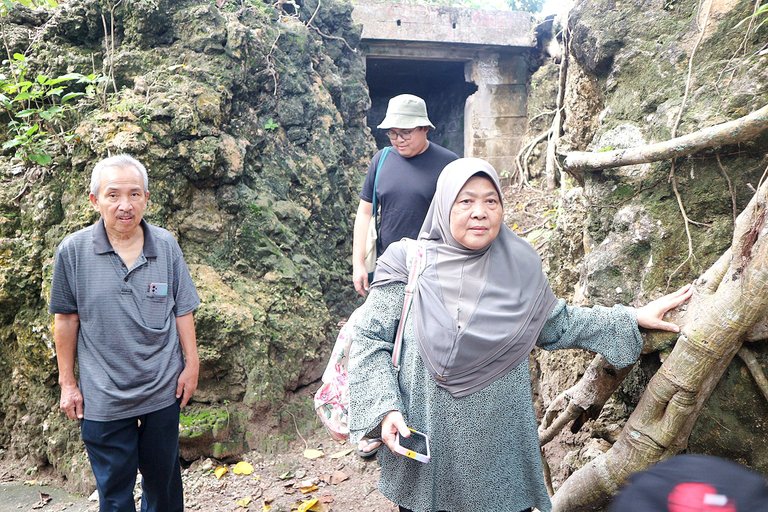
To reach the fort from this armory it is about 30 meters on foot. The Japanese fort is located on a cliff facing the sea on Sabang Island. From here we just follow the passage until we get to the fort.
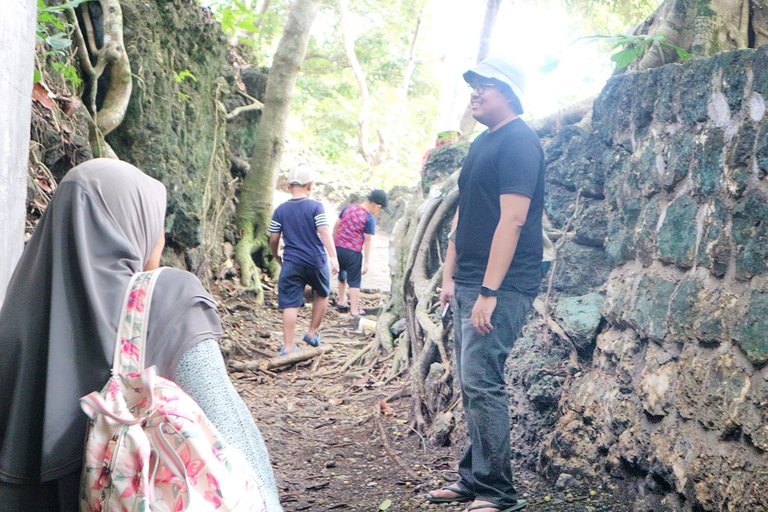
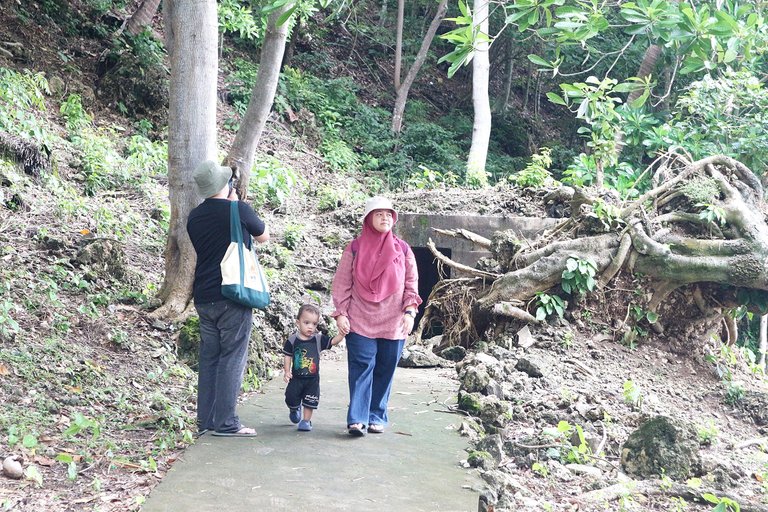
Japanese forts were often built on hills for several strategic reasons.
The first was that its location on a hill gave the fort a great tactical advantage. A tall fort placed at a height can provide a wider and clearer view of the surrounding area, making it easier to monitor enemy movements and enable better defense.
Secondly, hilltop fortifications also provided natural protection from enemy attacks. Hills can make it difficult for enemies to approach the fort easily because the terrain is difficult to pass or climb. This could provide a significant defensive advantage for the troops inside the fort.
Meanwhile, the third position on a hill also allows easier access for defense troops to see and get help from other troops or warning signals via smoke or fire signals.
Therefore, building a fort on a hill was considered the best option for an effective defense strategy and minimizing the risk of enemy attacks.

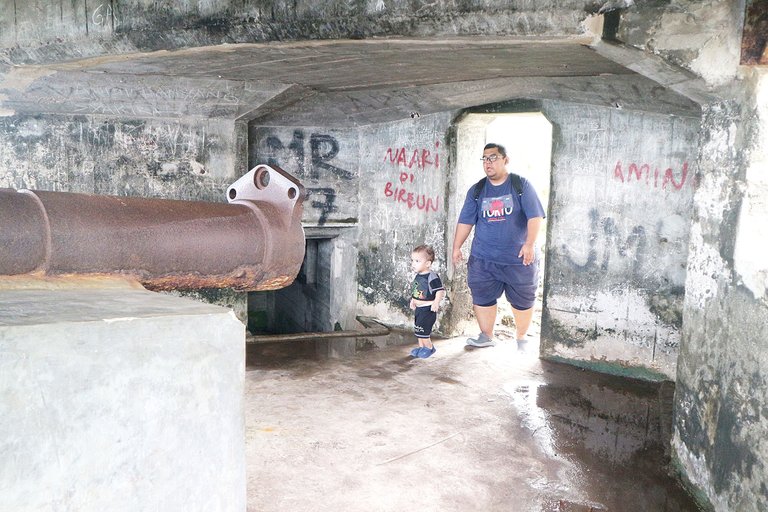
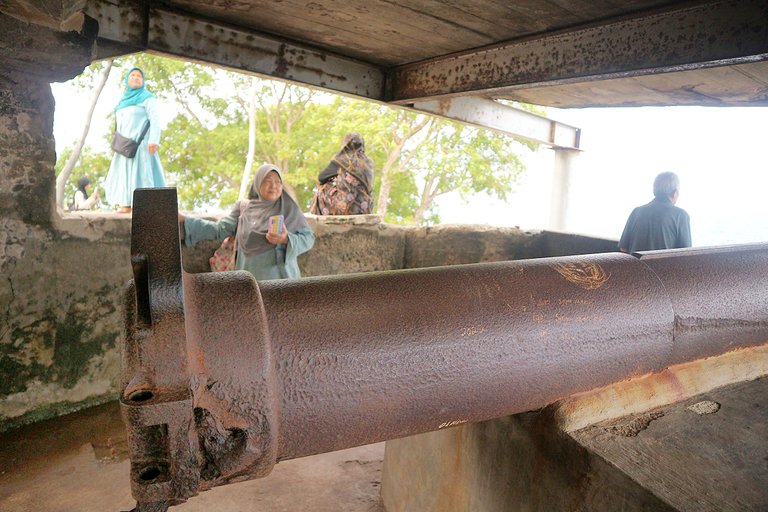

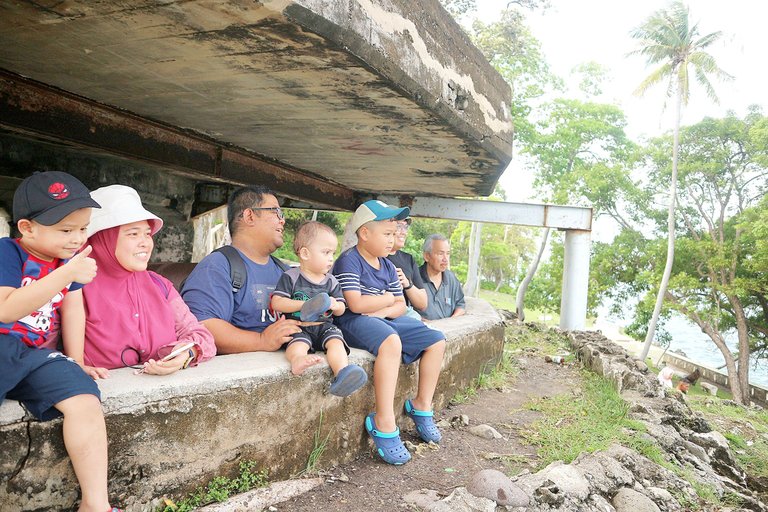
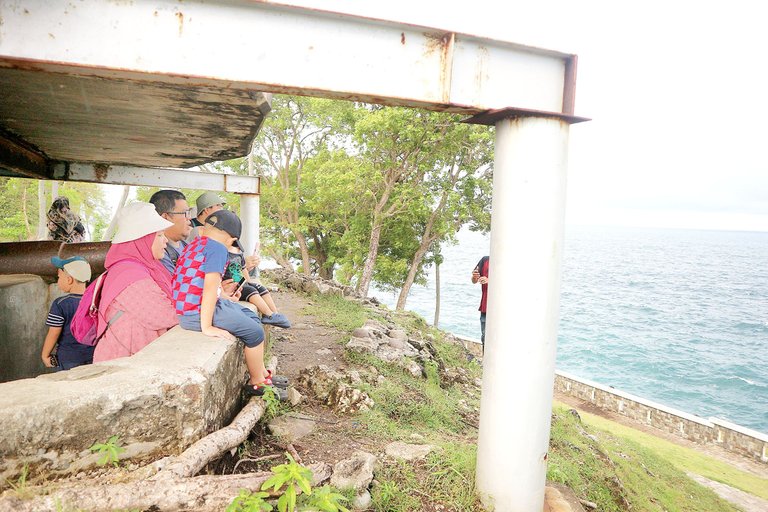
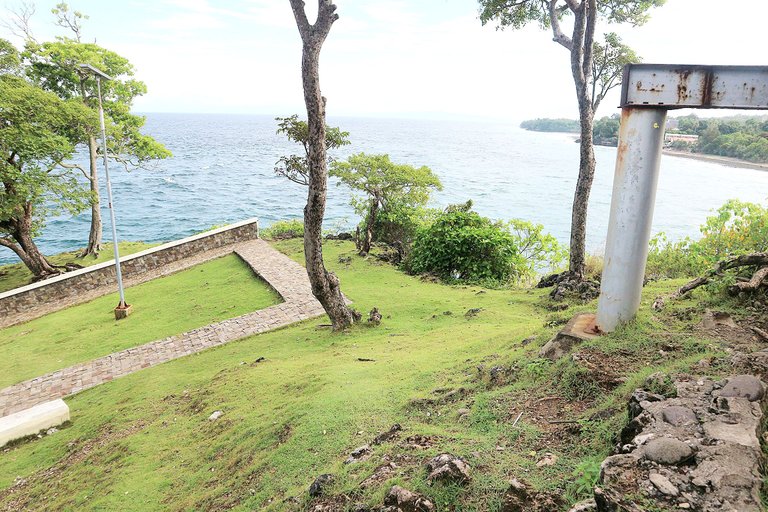
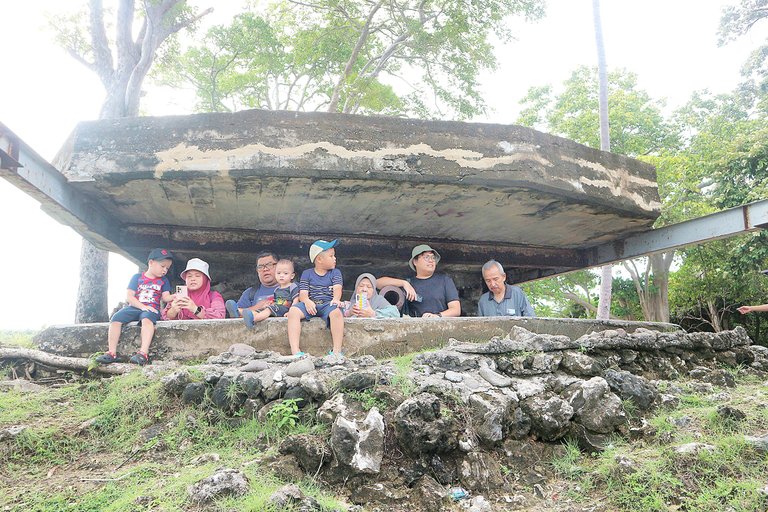
Inside the Japanese fort there is still a cannon that was used by Japanese soldiers in the past and is still preserved today, but it no longer functions as usual. The type of cannon here is the Type 41 6-inch cannon, this cannon is a 6-inch artillery cannon that was commonly used by Japan during World War II. This cannon is often found in Japanese forts and was usually used for coastal defense or fort defense in the past.
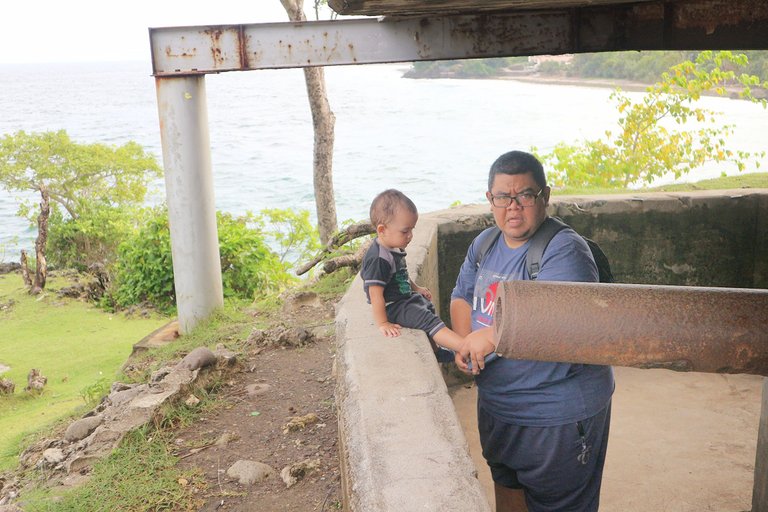
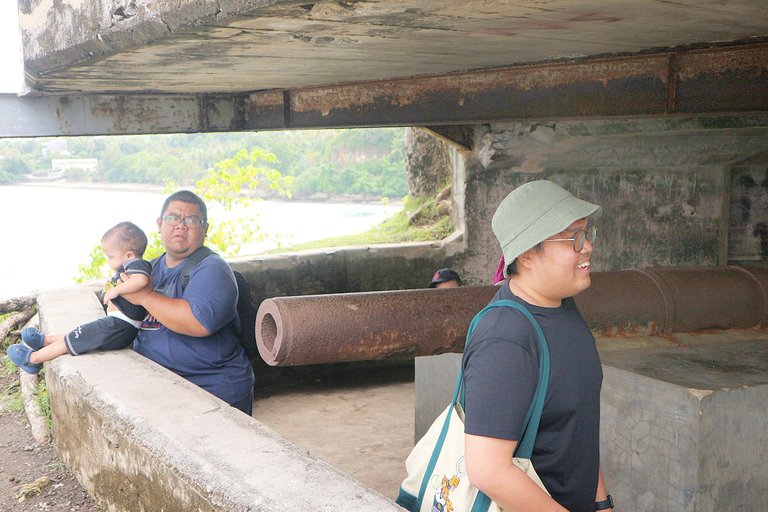
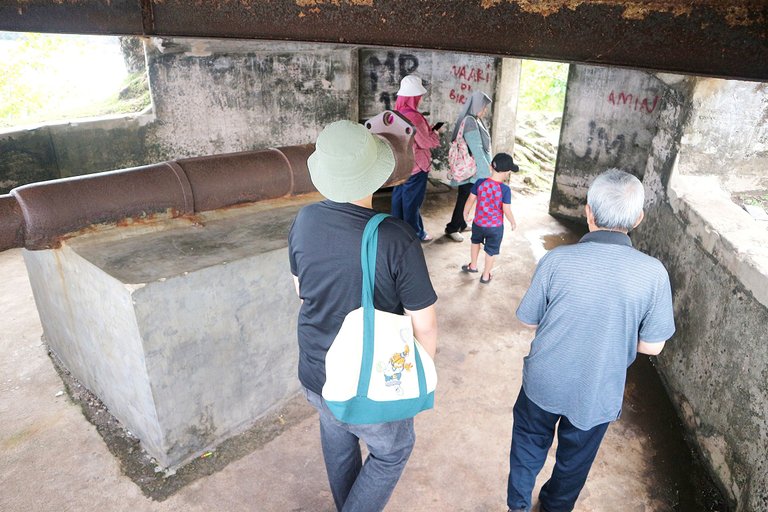
The Japanese fort on Sabang Island was one part of the Japanese defense system built during World War II. These forts usually have distinctive architecture, with several recognizable characteristics, including:
1. Rectangular Shaped Fortress: Japanese forts in Sabang generally have a rectangular or octagonal shape with strong and thick walls. This shape is usually chosen to provide stronger defense and provide a wider view in all directions.
2. Concrete and Brick Structures: Japanese forts were usually built using construction materials such as concrete, brick, and mountain rock to provide strength and durability against enemy attacks. The structure of fort buildings is often solid and sturdy.
3. Observer Posts: Some Japanese forts were equipped with observation posts placed at the highest points of the fort to monitor enemy movements and provide early warning to the defending troops.
4. Moats and Tunnels: To improve defense, some Japanese forts were also equipped with ditches or tunnels that were used as shelters or additional routes to escape or ambush enemy attacks.
Even though changes and damage have occurred over time, several characteristics of Japanese fort architecture can still be found in the Japanese Fort on Sabang Island today.
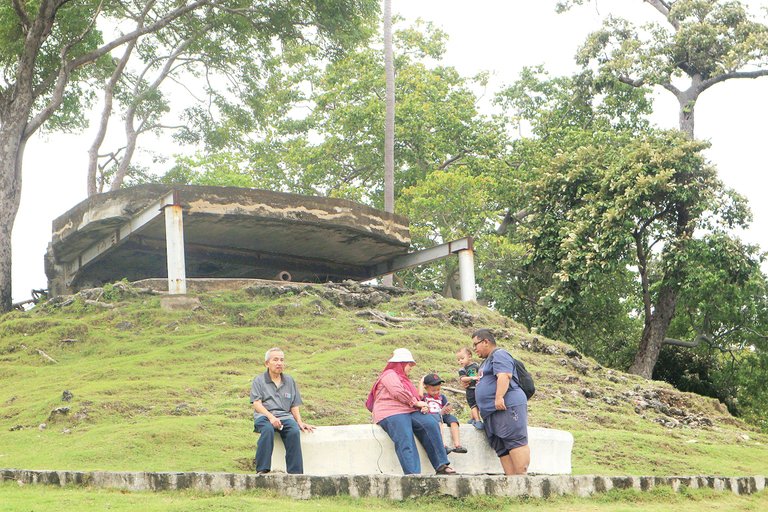
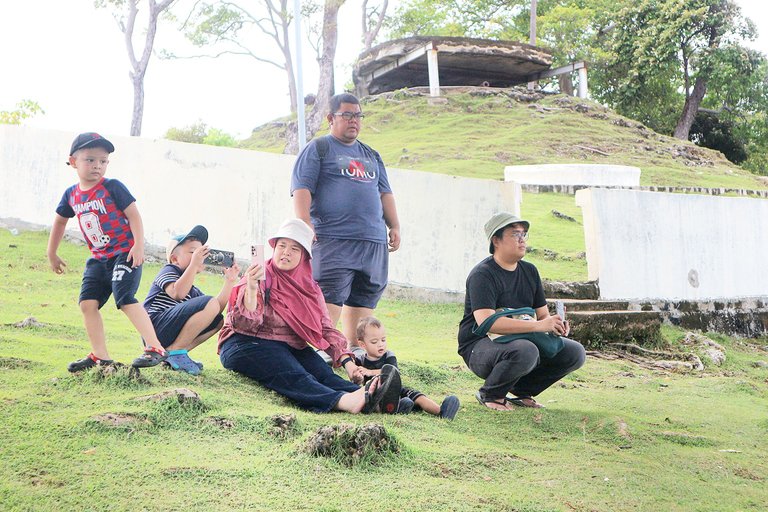
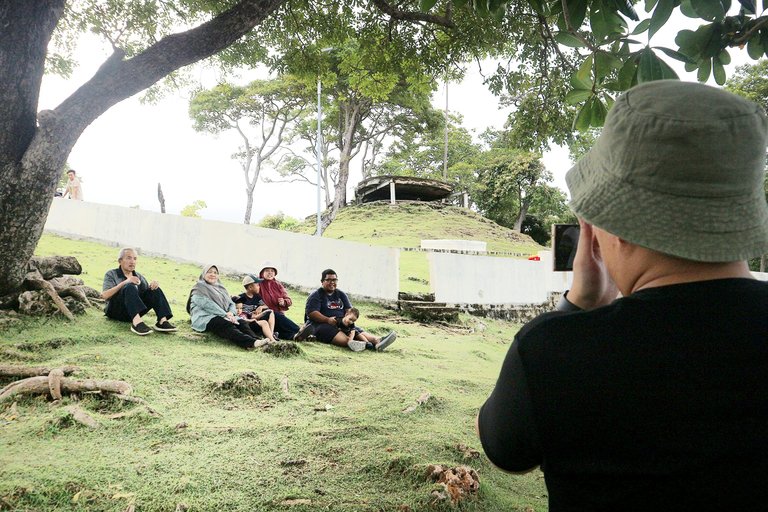

A holiday to the Japanese Fortress on Sabang Island can be an interesting and educational experience to learn about the history and understand the Japanese cultural heritage in the area, and can also provide an understanding of the history of the building, including when and why the fort was built by the Japanese army during World War II. You can learn about the roles and defense strategies used by the Japanese in this fort.
Exploring the structure and design of Japanese fortifications can provide insight into Japan's past military architecture. You can learn about the strength of the building designs and defense systems used by the Japanese.
Apart from that, we can also understand how life in the fort was during the Japanese occupation period which can provide insight into the social, economic and political conditions that existed at that time. You can also learn about daily life and activities carried out at the fort.
Through the Japanese fort we can also learn about the influence of Japanese culture in the area, such as language, customs and local traditions which are still influenced by the Japanese occupation period.
By combining a holiday with a history lesson at the Japanese Fort on Sabang Island, we can strengthen your understanding of the past and cultural heritage in the area.
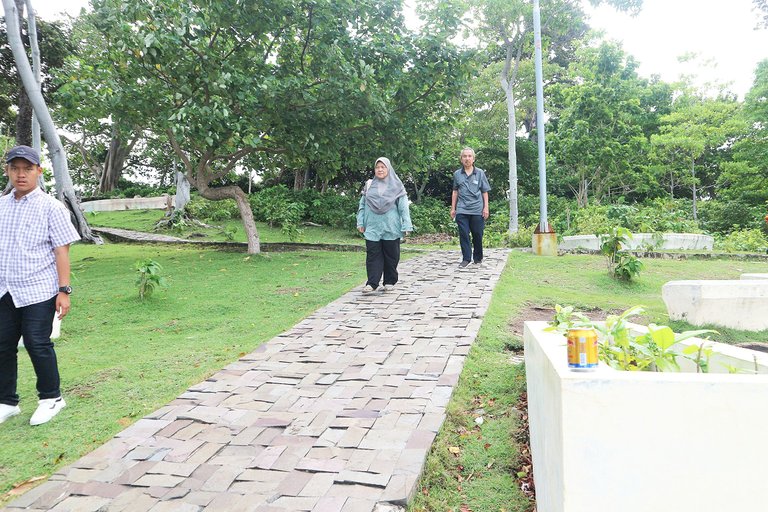
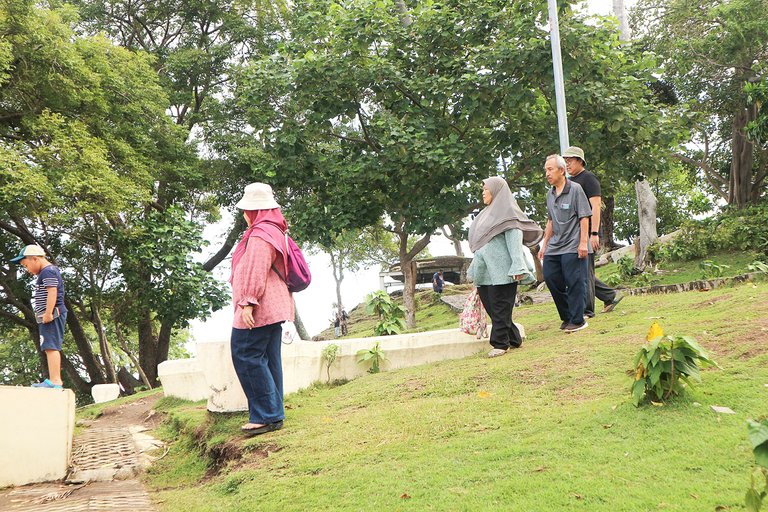
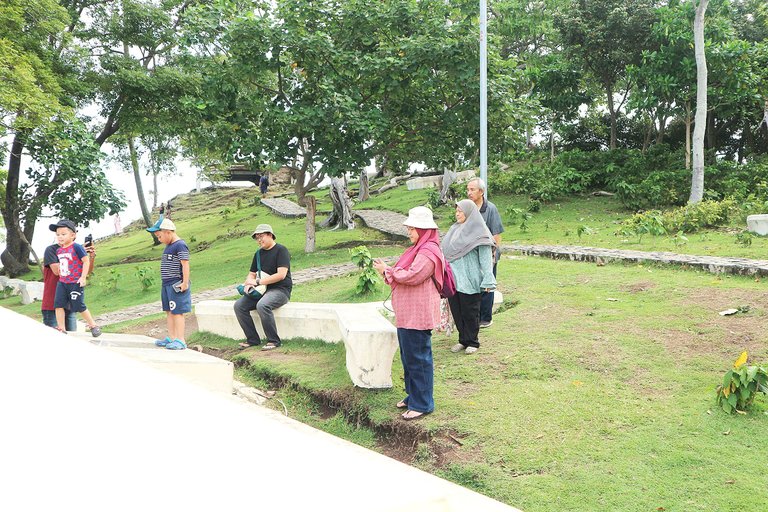
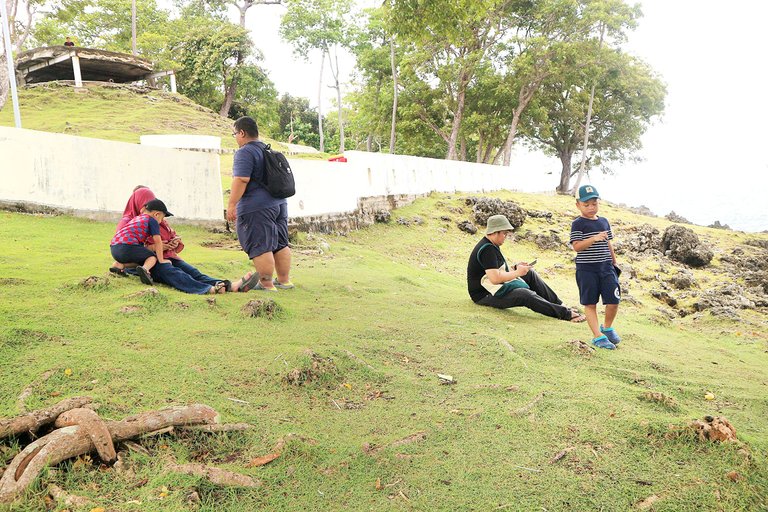

So, if you are planning a trip to Sabang Island, don't forget to visit the Japanese Fort and feel the impressive historical atmosphere from the past. Hopefully this article can provide useful information for those of you who want to explore unique and historic tourist destinations in Indonesia.
Thank you to those of you who have read my writing, I hope it can inspire you to visit this place.
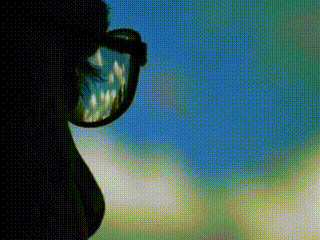
Great, interesting and impressive place Sabang Island. I always find it interesting the efforts that have been and are being made to protect themselves. Thank you for sharing your experiences. !invest_vote
Thank you so much..
Hopefully you will gain new knowledge on this journey...
Thank you for your witness vote!
Have a !BEER on me!
To Opt-Out of my witness beer program just comment STOP below
View or trade
BEER.Hey @vanje, here is a little bit of
BEERfrom @isnochys for you. Enjoy it!We love your support by voting @detlev.witness on HIVE .
Thank you for your witness vote!
Have a !BEER on me!
To Opt-Out of my witness beer program just comment STOP below
View or trade
BEER.Hey @vanje, here is a little bit of
BEERfrom @isnochys for you. Enjoy it!Learn how to earn FREE BEER each day by staking your
BEER.Thank you for your witness vote!
Have a !BEER on me!
To Opt-Out of my witness beer program just comment STOP below
View or trade
BEER.Hey @sudutpandang, here is a little bit of
BEERfrom @isnochys for you. Enjoy it!We love your support by voting @detlev.witness on HIVE .
Nice trip to learn and enjoy with family and friends. The place is very nice too, much green and air pure!
Yes brother, visiting this place is like going to school for one semester, we can understand a lot of historical knowledge from this place, and the tour guide will tell us in detail if we visit this place. and also natural views, cool air, and the sound of waves that will decorate our trip to this place.
!ALIVE
Thank you brother...